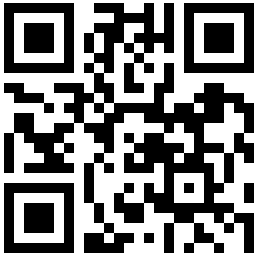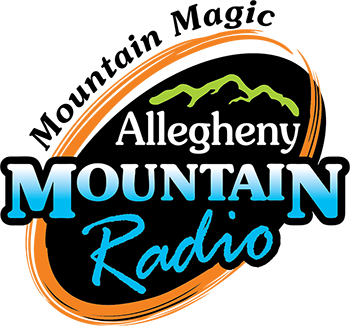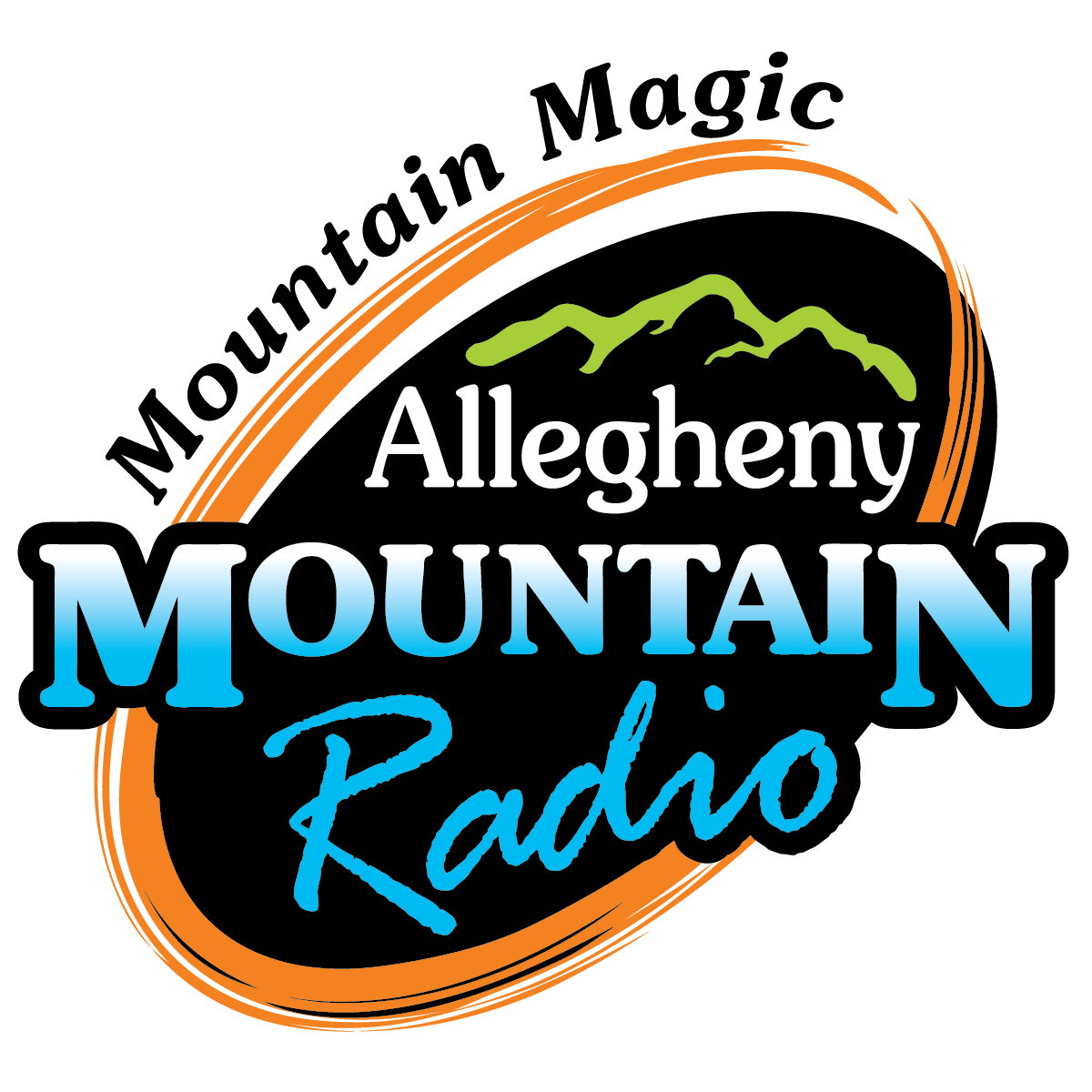The National Youth Science Camp, Part2
Recently I spent some time at the National Youth Science Camp located at Camp Pocahontas near Thornwood, West Virginia. In a previous story we talked with Camp Director John Giroir about some International Students being unable to attend the camp because of Visa issuing problems. Today Mr. Giroir explains the history and the mission of the Camp.
“It was originally created as part of the Centennial Celebration for the State of West Virginia in 1963” says Giroir. “(It) was supposed to be an activity inviting youth leaders with achievement and interest in the Sciences to come from all of the states in the United States here for about a month and be exposed to some of the cutting edge technology at the time as well as the natural beauty and outdoor activities in West Virginia.”
What began as a one-time celebration of the founding of West Virginia has grown into an annual resource for gifted science students.
“It was so well received that it continued and it has now continued to this day in 2015” says Giroir. “So over 50 years later we are still operating this program. (We) have also included International Students as a component of the program. But the location, the look of the place that we do what we do is almost identical to the campers who came in 1963.”
The campers are kept busy during their 3 ½ week stay at the camp, as Giroir describes.
“They participate in a lecture series by professors; by people in industry; (and) by people in Government agencies who are scientists, engineers, (and) medical doctors” says Giroir. “And(they) are given a very broad picture of the Sciences. Now the term is ‘STEM’, Science, Technology, Engineering and Mathematics. As far as I know, we’re the oldest STEM education program in the world and have done it for longer than anyone else.”
But lectures are just one part of the Camper’ educational camp experience.
“The students also do directed studies and those are multi-day hands on activities” says Giroir. “So they really get more in depth with a particular subject but actually put their hands into whatever is going on, whether it’s designing a mobile app, dissecting a pig’s heart or whether it’s actually creating a hologram. Those kinds of activities really help broaden what they’re doing.”
The third component of the camper’s experiences is the outdoor activities which include caving, climbing and backpacking in the beautiful and wild hills of West Virginia. These activities are also very important to the student/campers, as Mr. Giroir explains.
“Because they learn about teamwork, they learn about leadership” Giroir says. “They learn about the challenge of being able to complete any of those activities. And for many of them, this is the first time they have experienced this.”
To be selected to attend the National Youth Science Camp, student applicants have to produce exceptional transcripts, pass interviews, write essays and obtain letters of recommendation. Giroir explains just what that selection means.
“These students are selected form around the country and from other countries based on their merit” Giroir says. “So, they come to the National Youth Science Camp free of charge. We pay for their travel; we pay for the time that they are here, because they have been high achievers with a sincere interest in the sciences. And we want to encourage them to continue (that interest) into the future and focus on that area, but also to broaden their prospective as to what they could potentially do.”
While at the camp I attended a lecture on the storage of used nuclear materials, attended a couple of Directed Studies including one where essential oils were made, ate lunch with the campers and even interviewed a couple of them.
In the upcoming story about the camp we will hear directly from a couple of the student/campers as to what they are getting out of their camp experiences.





